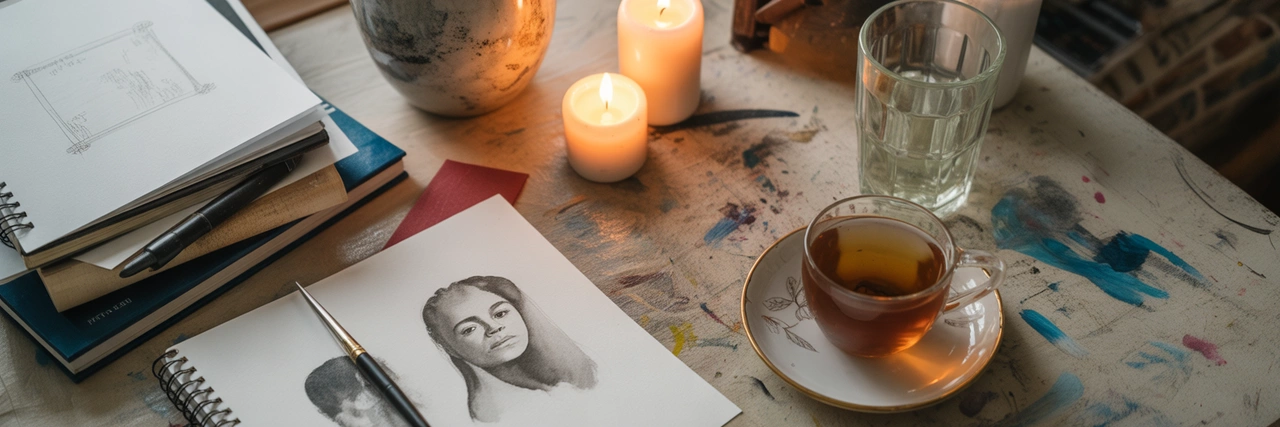Home Renovation Posts on Crowch
🌱 A New Life for Plastic: Designing with Living Mycelium
In an era marked by ecological urgency and environmental responsibility, Chinese design studio NONGZAO is reshaping how we think about waste, furniture, and materials. Their latest innovation uses mycelium, the root-like structure of fungi, to transform ordinary plastic furniture into biodegradable, low-impact design objects. Instead of producing new pieces from scratch, the team grows living organisms directly onto existing plastic chairs, stools, and lamps—subverting the lifecycle of industrial products.
This natural process results in completely unique surfaces, rich in texture and shaped by the unpredictable growth of the fungi. Mycelium doesn’t just look organic—it is organic, forming a skin over industrial objects and slowly reclaiming them for the earth.
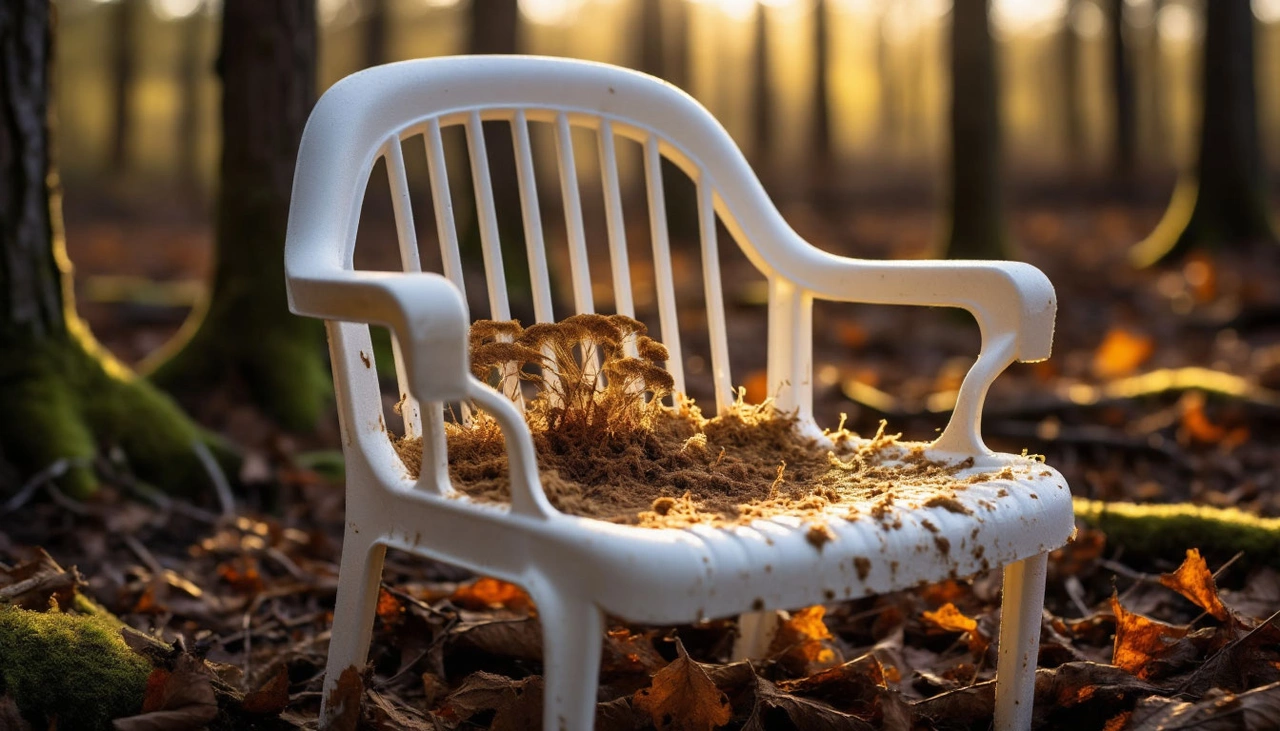
🍵 Waste to Wonder: Coffee Grounds and Rice Husks as Substrate
One of NONGZAO’s greatest achievements is turning agricultural byproducts into growth media for fungi. Their substrate blend includes used coffee grounds and rice husks—two materials often discarded in bulk in farming and food production. These components are rich in cellulose and lignin, essential nutrients that stimulate mycelium to expand, attach, and thrive.
This process repurposes biological "waste" while reducing methane emissions from organic decay. The result is a dual benefit: carbon absorption and plastic transformation, all achieved through natural cycles.
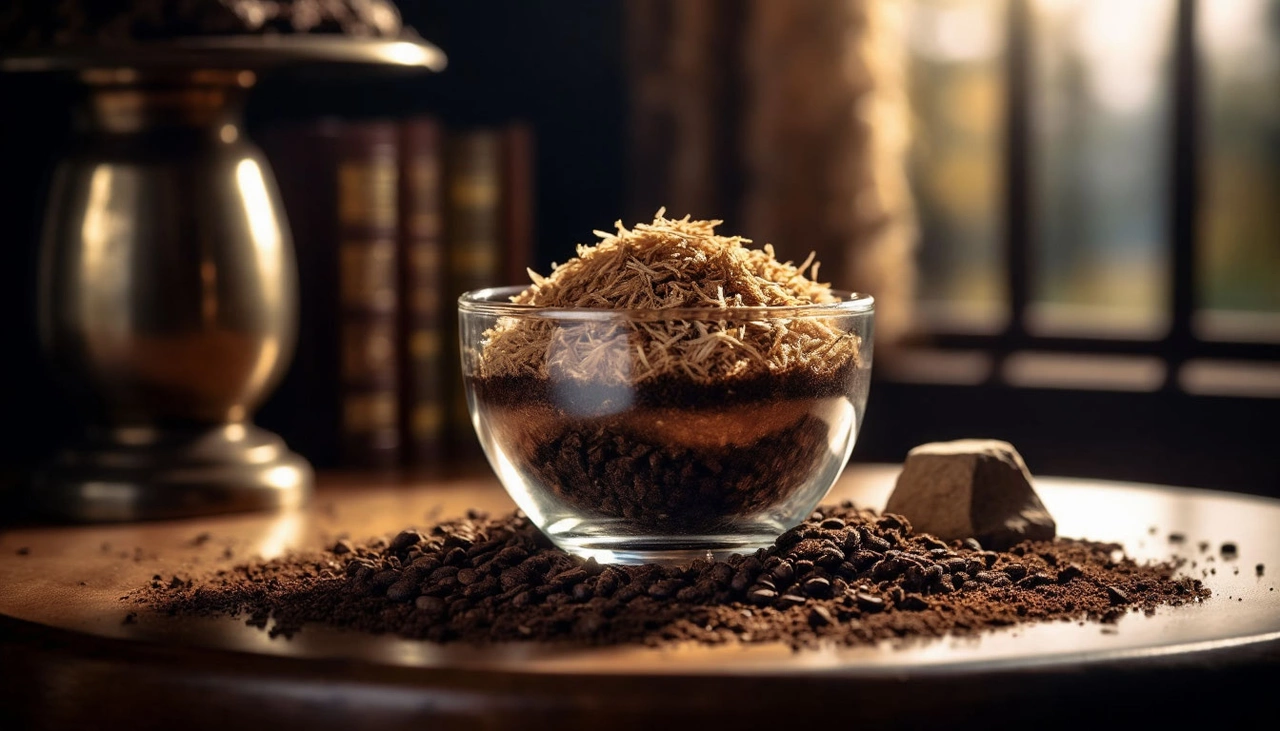
🪑 Iconic Forms, Radical Materials: Reworking China’s Red Chairs
In regions like Guangdong, red plastic chairs have become a symbol of urban transformation. Mass-produced, lightweight, and almost inescapable in public life, they embody the ubiquity and anonymity of industrial design. Yet NONGZAO sees this icon as fertile ground for creative resistance. By enveloping these chairs in mycelium, they confront the visual monotony and environmental consequences of plastic saturation in Chinese cities.
The result is an aesthetic rebellion: once-identical objects are recontextualized with wild textures, natural colors, and an organic logic that defies factory perfection. Each chair becomes a sculptural relic of the industrial age—half fossil, half future.
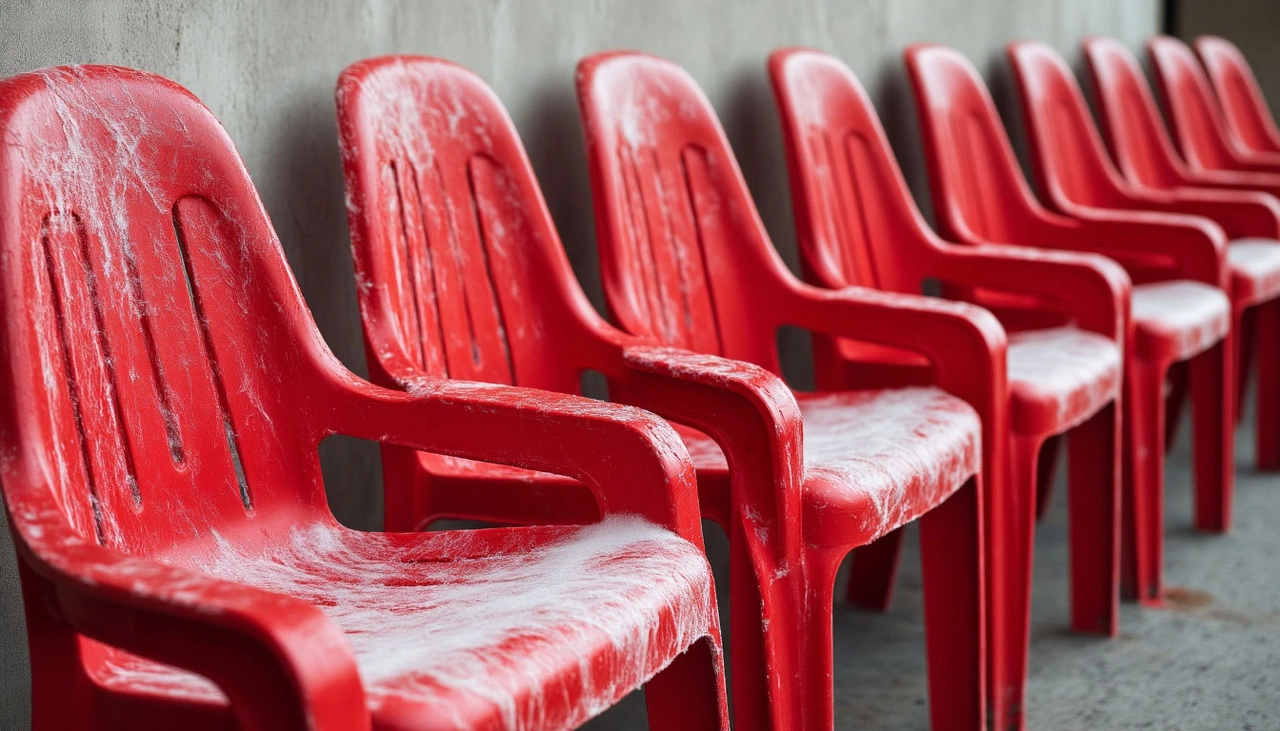
🌍 Design That Decomposes: Sustainability as Statement
More than a clever reuse of materials, NONGZAO’s project is a philosophical statement on impermanence and adaptation. As plastic pollution continues to rise—with over 430 million tons produced annually, most of it for short-term use—designers must think not only about form but also afterlife.
Unlike plastic, mycelium biodegrades completely in soil, leaving behind no toxins. It captures carbon during its growth, turning every object into a carbon sink. These transformed objects become artifacts of a new ethic—ephemeral design that returns to nature, not the landfill.
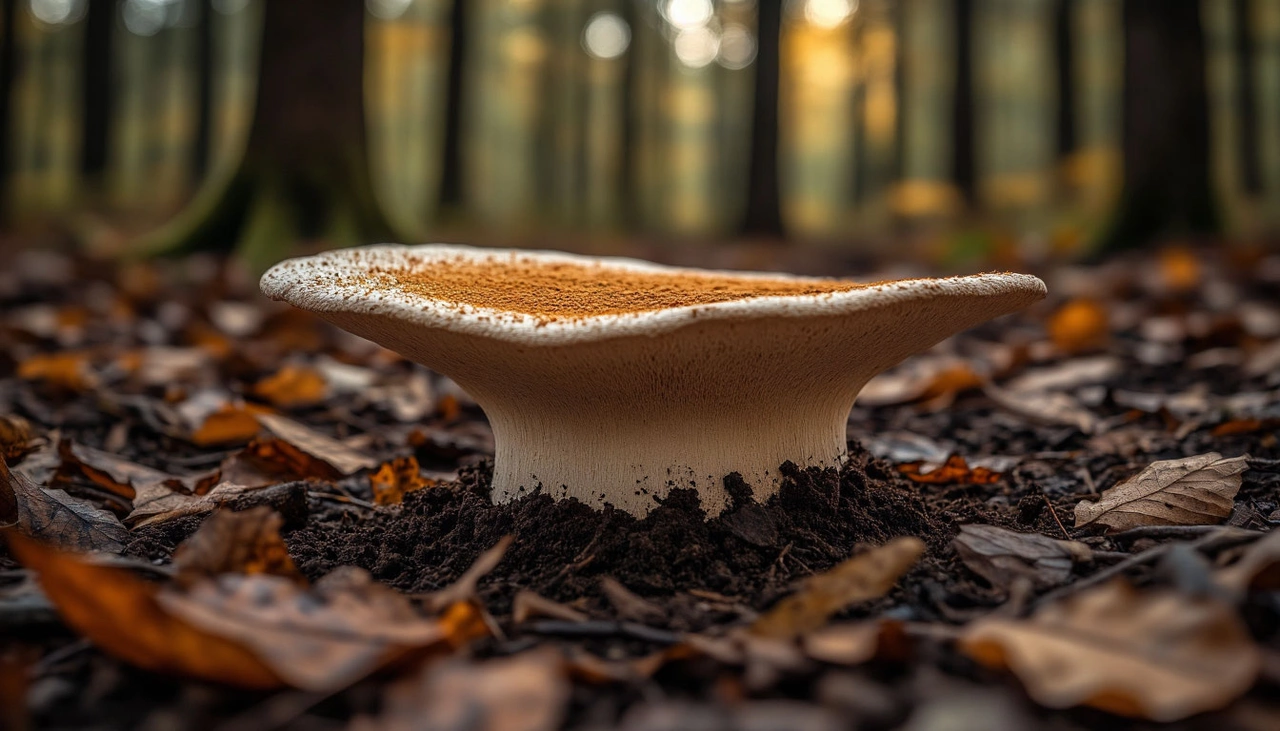
🌿 A Challenge to Industrial Homogenization
According to NONGZAO, the goal isn’t just sustainability—it’s plurality. Industrial manufacturing has created a landscape of sameness, where mass-produced products flatten taste and experience. Their fungal furniture is an antidote: each piece is one-of-a-kind, grown over time, shaped by temperature, humidity, and mycelium’s unpredictable nature.
By cultivating furniture with living organisms, the studio reframes design as a collaboration with nature, not domination. The results are tactile, emotional, and unrepeatable.
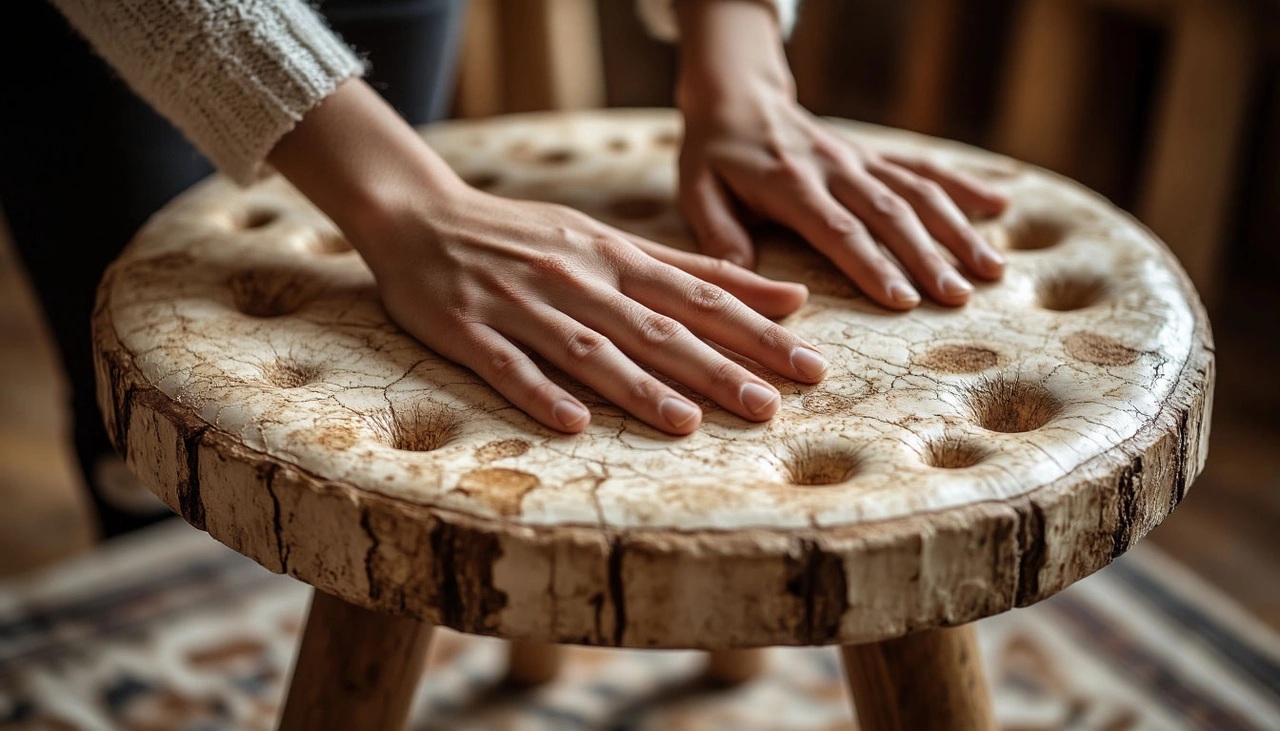
🔁 Circular Futures: Toward a New Material Culture
The furniture from NONGZAO isn’t just about innovation—it’s about systems. They envision a future where agricultural waste feeds fungi, fungi feed design, and design returns to the earth. This circular model is scalable, low-cost, and open to adaptation across industries: packaging, textiles, even architecture.
In a world searching for sustainable alternatives, mycelium may be the bridge between biology and design, offering not just materials—but meaning.
When I say “home,” I don’t just mean four walls and a roof. I mean a place that breathes with our habits and whispers our thoughts back to us. A home reflects who we are — our stories, our rhythm, our dreams in motion. It’s more than shelter; it’s a partner in our creative journey. And if we learn to really listen to our space, it can become our studio, our sanctuary, even our muse.

Years ago, I stumbled upon the idea of “interior psychology” — how colors, shapes, and textures shape our emotions. It changed everything. Housekeeping turned into a creative ritual. I began curating my home the way an artist approaches a canvas: deep blue in the kitchen for clarity, living plants in every room for energy, wool blankets that smell faintly of lavender and smoke. Each detail became part of a larger story. A kind of visual poetry written in bowls, light, and fabric.
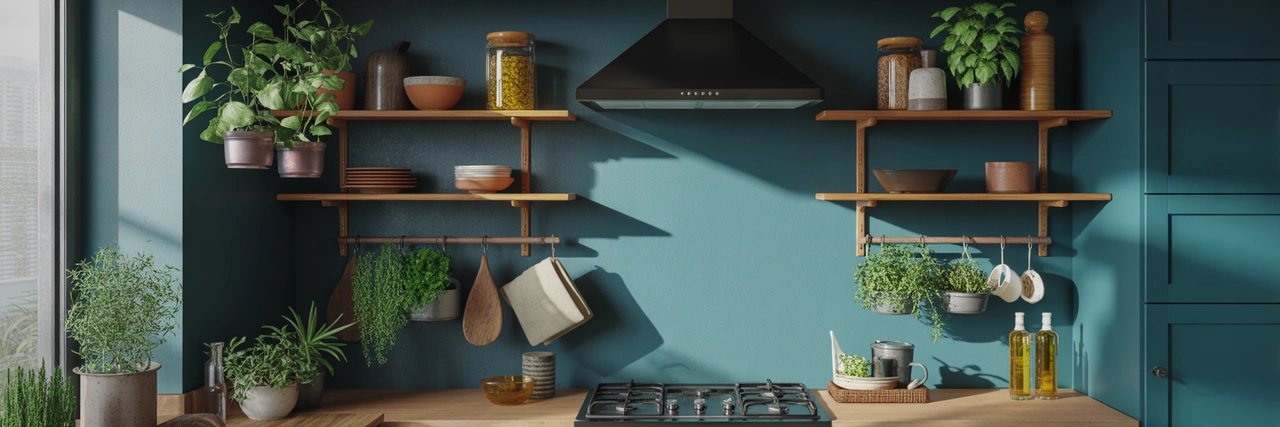
At different times in my life, I wanted to be a painter, a poet, an athlete — always seeking my “thing.” Eventually, I understood: my thing is the blend of everything. I create art from daily life. A well-composed dinner on a ceramic plate, a yoga nook kissed by morning light, an old chair repainted orange and placed just right for sunset reflections. It’s not just aesthetic — it’s a way to live deeply, to turn ordinary moments into sacred rituals.
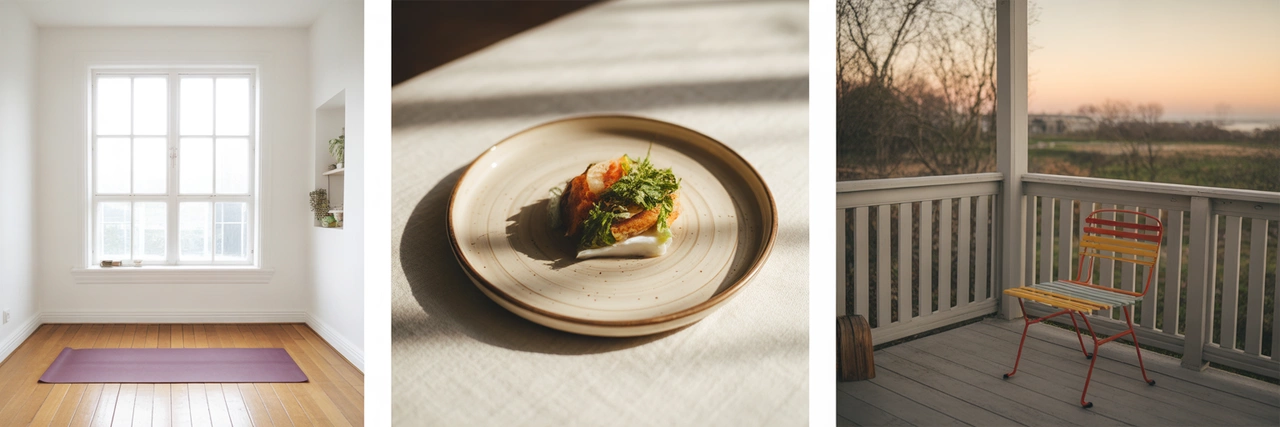
Sometimes I wonder why women my age feel like it’s “too late” to change, to create, to reinvent. We’ve been told the home is mundane, fixed, even boring. I say: it’s alive. I’m 57, and it’s never too late to breathe new life into your space. Move the furniture. Start your mornings by the window. Reupholster that old armchair in a bold new fabric. We don’t wait for inspiration — we craft it, one detail at a time.
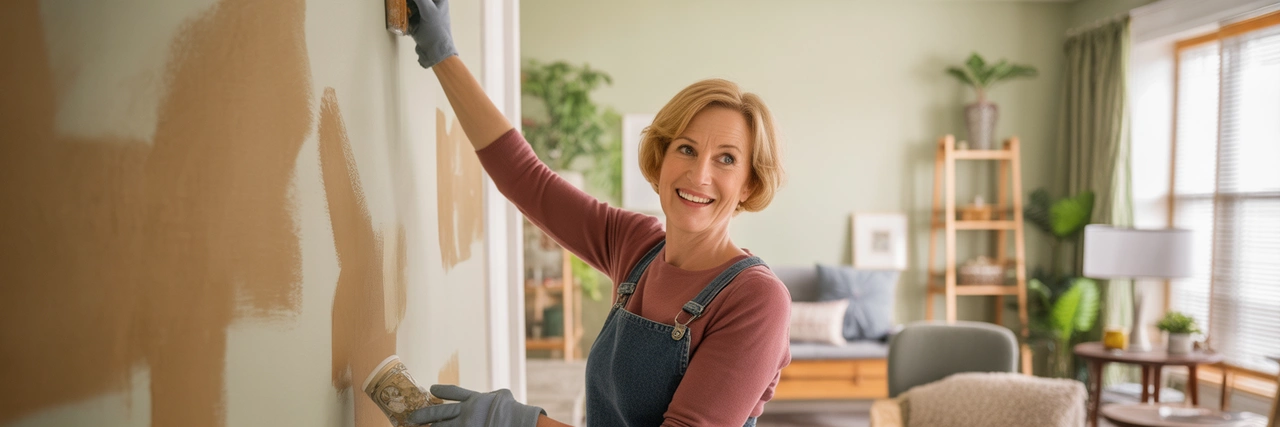
Life truly is a masterpiece in progress. And our homes — they are our living canvases. Don’t be afraid to make yours personal, brave, unpredictable. Inspiration doesn’t live in magazines. It lives inside you. Give it space. Let it breathe. Let your surroundings reflect the fire you carry within. That’s not just design — that’s devotion.
